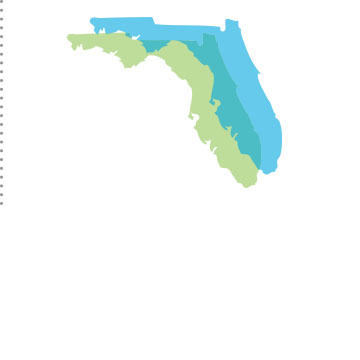Funding is one of the most significant barriers preventing greater student participation in dual enrollment programs. Of the one million ninth graders in 2009 who took at least one dual enrollment course at some point during their time in high school, 11 percent were from a high-poverty background.15 Yet only eight states eliminate all or most tuition costs for dual enrollment students (in some cases, books, fees, and transportation to the college campus are also covered), and in nine states students are responsible for the full cost of participating.16
Quite simply, requiring students to pay for dual enrollment restricts participation. Also, while discretionary funding, such as need–based scholarships, may help defray some or all of the costs of participation, they are subject to other budgetary pressures. ACT recommends exploring funding mechanisms to expand program participation, especially among low–income and first–generation students. The mechanisms should not overly inconvenience students; for example, by requiring them to pay up front for college tuition, fees, and textbooks and reimbursing them later.
ACT also recommends using nonmonetary incentives. For example, some states have required high schools to offer dual enrollment courses and/or make the completion of a dual enrollment course necessary to earn a diploma.17 Others include:
- Special consideration in college admissions and merit–based scholarships for students who take
dual enrollment courses; - Added weight for dual enrollment coursework in GPA calculations; and
- Incorporating dual enrollment participation rates into a state accountability system.

